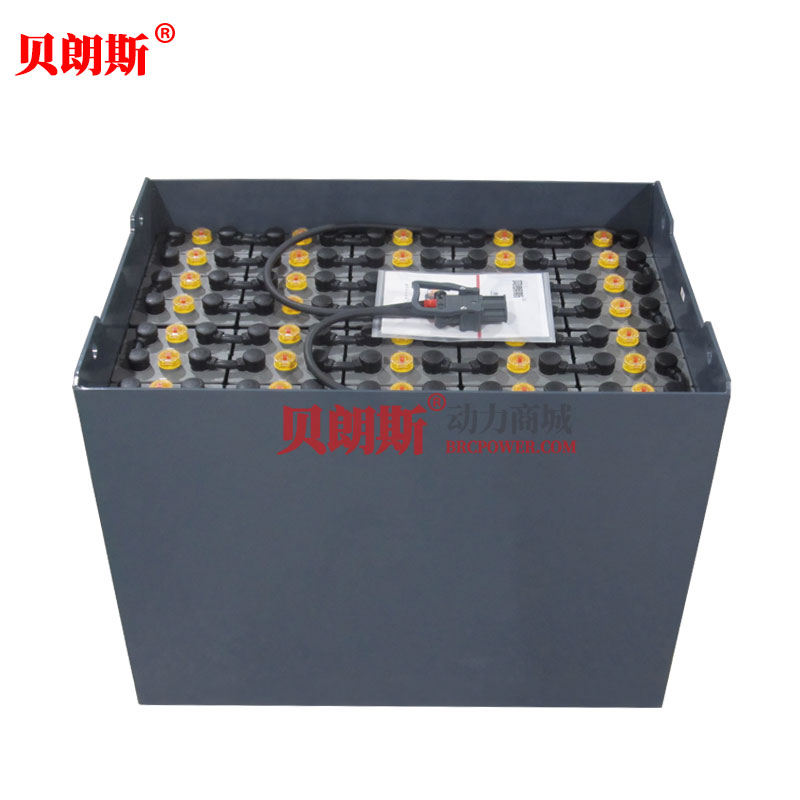
AGVs are often powered by 24V or 48V DC industrial batteries. The battery power supply should reach the rated ampere-hour value. Generally, it should ensure the working needs of more than 8h. For the second-class working environment, the power supply capacity of 17h or more is required. The battery charging can be performed by random charging and full-cycle charging. The random charging uses an auto-repairable battery that can be arbitrarily charged. At the standby parking station of the AGV, it can be charged at any time without any time limit. Full-cycle charging requires the AGV to exit the service and enter the specified charging zone and be charged when the battery charge drops below the specified range. Such batteries typically perform a 4 h continuous charge, 2 h cooling specification. Some AGVs use a combination of the above two charging methods. There are three types of charging operations: automatic, manual and quick change. Mojin Technology makes a simple comparison of the above types of batteries:
1, nickel-cadmium battery
The internal resistance is small, it can be discharged by a large current, and the voltage change during discharge is small compared with other types of batteries. The nickel-cadmium battery can withstand overcharging or discharging, and the operation is simple and convenient. The discharge voltage is somewhat different depending on the discharge current, generally The discharge termination voltage of the nickel-cadmium battery of about 1. 2V is 1. OV/cell, and the actual temperature range is -200C-600C, and discharge can be performed within this range. It can repeat 500 times of charge and discharge.
2, nickel-metal hydride battery
Ni-MH battery energy is two times larger than nickel-cadmium battery. It can be charged quickly in one hour by special charger. The self-discharge characteristics are better than nickel-cadmium batteries. It can be kept longer after charging. It can repeat more than 500 times. put.
3, lithium battery
Has a high energy density. The volumetric energy is 1.5 times and the energy density is twice as high as that of the high-capacity nickel-cadmium battery. The high voltage, the average operating voltage is 3. 6V, which is three times that of nickel-cadmium batteries and nickel-hydrogen batteries. The voltage is flat and high-capacity, and the wide operating temperature is -200C-600C. The charge and discharge life is long. After 500 discharges, the capacity is at least 70%. The lithium battery has the characteristics of high energy density, high voltage and stable operation.
4, lead-acid battery
Lead-acid batteries are the most widely used batteries in AGV. They use sponge-like lead as the negative electrode and lead dioxide as the positive electrode. We call these two substances active substances and use sulfuric acid aqueous solution as the electrolyte. They participate in the battery. chemical reaction. The agv lead-acid battery has the advantages of good reversibility, stable voltage characteristics, long service life, wide application range, rich raw materials (and renewable use) and low cost. It is mainly used in various fields of national economy such as transportation, mining, port, national defense, computer, scientific research, etc. It is an indispensable product in social production and management activities and human life.

